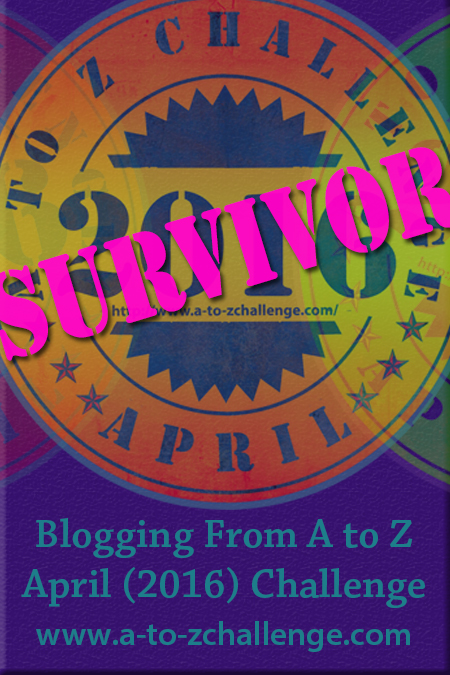The forecast yesterday called for winds to soften to northwest 10 to 20 knots, except southeast 10 to 20 knots south of the Brooks Peninsula, with one to two metre seas easing by midnight: It was finally time to make our rounding.
Like Cape Scott at the northern end of Vancouver Island, the waters off Brooks Peninsula are some of the most dangerous along the West Coast. The peninsula itself is an odd, rectangular chunk of land that extends six miles into the Pacific and divides the colder, more inhospitable north from the milder, more protected south. Its shores are rocky and mountains rise abruptly from the sea to elevations greater than 2000 feet. Cape Cook, the northwest corner, sees the strongest winds along this part of the coast, and shoals off the cape combined with the mixing of currents and swells from both directions cause high seas to form regularly. So it comes as no surprise that it’s advisable to make passage early on a calm morning. Which we did.
Morning departures can be difficult for us because of the dog, but we managed to up anchor and be on our way by 7:45 am – both Rosie and Cool Change had left over an hour earlier. It was bright and sunny in the anchorage, but that changed as we approached McDougal Island, still inside Klaskish Inlet. For most of the 30 nautical mile run we were in dense fog with less than a quarter mile visibility and rounded Brooks Peninsula without seeing a thing. Not only couldn’t we see, but we couldn’t sail. The northwesterlies promised for the first part of the passage turned out to be southeasterlies – 10 knots on the nose.
As we rounded Clerke Point, the southern edge of Brooks Peninsula, the ocean swell began to subside and we could start to see waves breaking off the nearby rocky islets. But it wasn’t until we approached the entrance to our destination, Columbia Cove, that the fog actually began to lift and we could see that we weren’t alone . . . Cool Change was already here and Mistrel, who left Klaskish Sunday under more energetic conditions, was upping anchor as we arrived, so we took their spot.
Cambria and Cool Change anchored in Columbia Cove
Columbia Cove is a beautiful anchorage, our favourite so far, and quintessentially West Coast. Protected by the tree-lined shores of an unnamed island and Brooks Peninsula itself, it retains a wild feel to it. Along the northern shore, dense forest and low mountains back a large drying mud flat and white sand beach where bears, cougars and wolves frequently roam during low tide. And although we didn’t see any ourselves, we did find wolf prints on the beach this morning that weren’t there when we took Sally for a walk yesterday.
The northern shore of Columbia Cove
Wolf tracks next to a 55 mm lens cap
At the eastern end of the anchorage, there’s a half-mile long trail leads to “Shed 4”, a long white sand beach facing the Pacific Ocean. David and I made the hike this afternoon and discovered another beautiful stretch of beach covered in driftwood and flotsam. You could easily spend hours combing through it all, imagining where it came from, and enjoying the beautiful view (even in the fog). But the tide was coming in and we needed to return to our dinghy so, after making one pass, we took the trail back to the anchorage – as it was, we still had to slog through the incoming water to make it back.
"Shed 4"
The fog has been a constant presence over the last two days, so dense in the evenings that it’s been difficult to see the boat (only 1/10th of a mile away) when I take Sally to shore. And while it helps add to the wildness and mystery of the West Coast, the colder temperatures make it feel more like December than July – the days are lonely, cold and white. Coupled with our battery problems, it feels more like we’re camping than cruising and, at this stage, I’m already looking forward to finishing the trip and getting back to the warmth of summer.
That’s not to say the trip has been without its share of highlights. The beaches are spectacular and a nice change from the Inside Passage where the shoreline is generally steep-to and difficult to walk around. Sally doesn’t have many beaches left to explore in her lifetime, so I’m enjoying that part of the experience . . . as is she. Even if they are frequented by timber wolves.

































